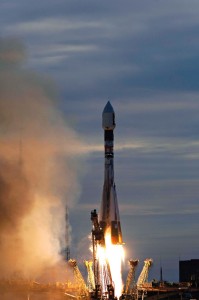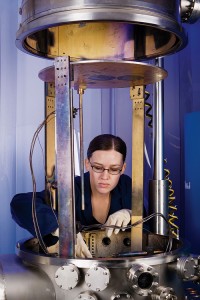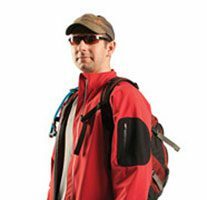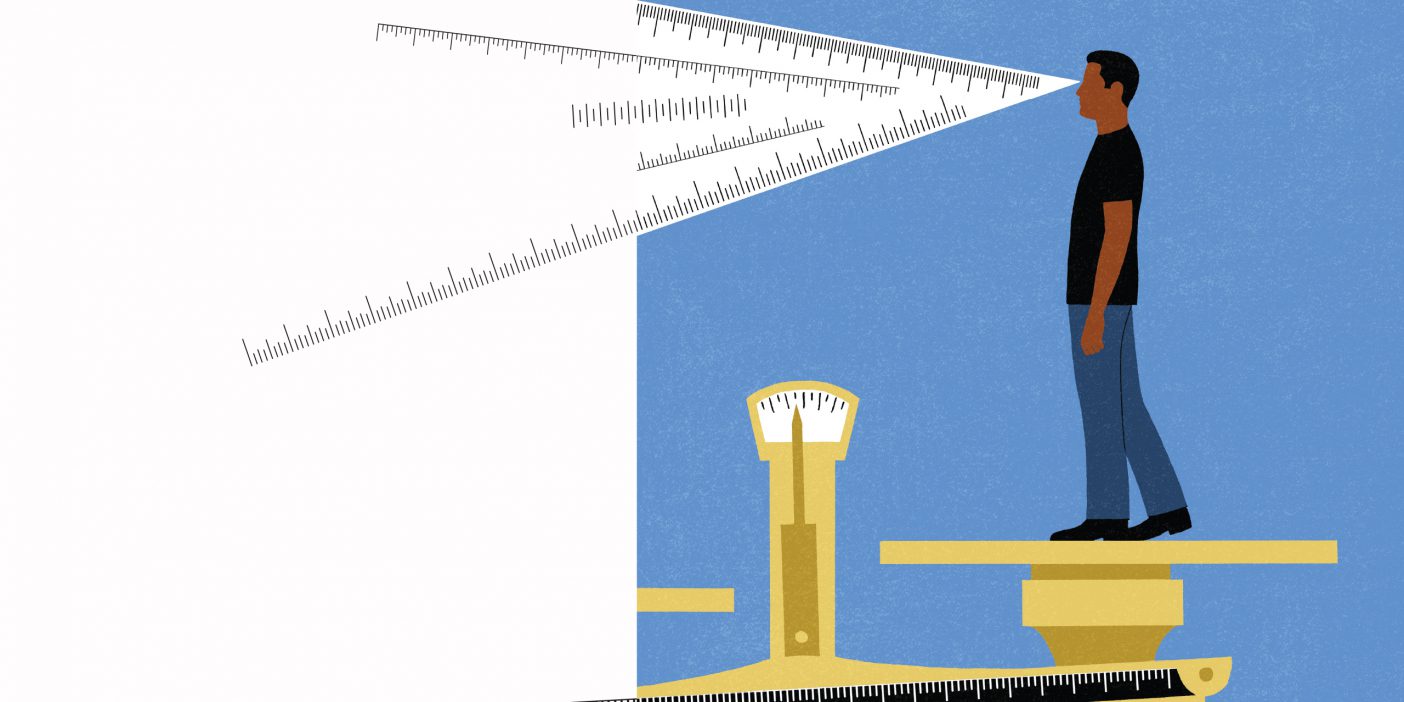The work of physics students could help us better understand Venus—and Earth.

This rocket, launched from Kazakhstan in November 2005, carries seven instruments, one of which includes a tiny BYU built mirror that will help scientists study solar winds.
What is 2.5 inches by 1 inch, shiny, and currently hurtling through space, halfway between Earth and Venus? A tiny mirror built by BYU physics students on its way to our sunny-side neighbor.
While Earth and Venus are similar—in size, composition, and orbit—Venus is shrouded by an atmosphere full of carbon dioxide, and its surface cooks at more than 800 degrees Fahrenheit. Why is Venus’ atmosphere so different from Earth’s? And what information can we glean from the second planet from the Sun to help us better manage the third?
As early as April we will know a lot more about Venus, thanks to Venus Express, a probe launched in November from the Baikonur Cosmodrome in Kazakhstan by the European Space Agency (ESA).
The BYU mirror is part of the “ASPERA” device, designed to measure the rate at which Venus’ atmosphere is being eroded by solar winds. ASPERA stands for “analyzer of space plasma and energetic atoms.”

After flying 25 million miles in 162 days, Venus Express will begin to orbit Earth’s twin in April and to send back details of the planet’s atmosphere, clouds, and surface.
The mirror on board Venus Express is identical to the one students built for a spacecraft currently orbiting Mars.
Sarah C. Barton (’08), Christopher B. Verhaaren (’08), Nicole Farnsworth Brimhall (BS ’05), and Amy Baker (’06) were key in reformulating a special coating of chromium and magnesium fluoride for the mirror’s titanium base. The students’ work makes the ASPERA’s readings accurate and useable for scientific interpretation.
“For the undergraduates who got to be involved in the research, this is about the coolest thing they could imagine. It’s really a once-in-a-career experience for them to have something they’ve worked on orbit another planet,” says David D. Allred (BS ’71), professor of physics and project advisor.
“It was interesting to collaborate with the ESA and get another take on things,” says Baker. “The experience has given me confidence that the work I produce is useful to other people.”










